Combating Inactive Participation for National Growth: Unleashing the Potential of Youth

A nation’s most vital and dynamic resource is its youth population. Young people’s active involvement is essential for national progress and sustainable development. However, in many nations, youth engagement is hampered by a lack of appropriate platforms and chances, which results in unrealized potential and squandered opportunities. The effect of inactive youth engagement on a nation’s growth will be examined in this article, along with practical solutions.
The Importance of Youth
Young people are any country’s future. They are forces for advancement and change because they have new viewpoints, creative ideas, and endless energy. Engaging young individuals in decision-making processes and providing them with opportunities to contribute actively not only benefits the youth themselves but also the nation as a whole. Youth participation fosters social cohesion, promotes inclusive development, and ensures the continuity of societal progress.

Impact of Inactive Youth Participation:
- Economic Consequences: Restricting young people’s access to economic opportunities reduces their potential contributions to the workforce and slows down national economic expansion. Inactivity limits the growth of abilities and talents, impeding the development of the innovative and competitive workforce required for a flourishing economy.
- Social and Political Disengagement: Lack of opportunities for youth involvement can result in apathy, disappointment, and disengagement among young people. By separating the young people from the rest of society, this separation weakens social cohesion and the foundation of a country’s democratic system. For the development of responsible citizenship and the preservation of a strong democracy, active youth participation in political processes is essential.
- Missed Solutions and Innovation: Young people possess fresh perspectives and creative problem-solving abilities. By excluding them from decision-making processes and denying them opportunities to contribute, societies miss out on innovative solutions to pressing challenges. Youth participation is essential for driving social change, addressing issues such as climate change, poverty, and inequality.
Tackling Inactive Youth Participation:
- Creating Accessible Platforms: Governments, civil society organizations, and educational institutions must collaborate to create accessible platforms and spaces for youth participation. These platforms can include youth councils, mentorship programs, entrepreneurship initiatives, and community engagement projects. Such platforms should be inclusive, diverse, and encourage the active involvement of young individuals from various backgrounds.
- Strengthening Education and Skills Development: An effective education system is crucial for nurturing the potential of young individuals. Education should not only focus on academic knowledge but also emphasize the development of critical thinking, problem-solving, and entrepreneurial skills. By equipping youth with the necessary tools, they can actively contribute to the country’s growth.
- Improving Civic Education: It’s critical to advance civic education in communities and schools to create responsible citizenship and promote young involvement. Young people should learn about their rights, obligations, and the value of actively participating in the political processes of their country through civic education.
- Strengthening Youth-Led Initiatives: By assisting and strengthening youth-led initiatives and groups, we can give young people a place to participate actively. To help young people start and maintain their own initiatives, governments and institutions should offer them financial support, mentoring, and assistance in building their capacities.
Why Youth Involvement Is Important:
- Leveraging Innovation: Young people bring new viewpoints, imaginative ideas, and technological know-how. Societies can access these resources thanks to their active participation, which fosters innovation and advancement across a range of industries.
- Social Inclusion: Active youth participation promotes social inclusion, providing opportunities for marginalized groups to have a voice and contribute to decision-making processes. This inclusion fosters diversity, tolerance, and understanding within societies.
- Sustainable Development: Youth participation is essential for achieving the United Nations’ Sustainable Development Goals. Engaging young individuals in environmental initiatives, poverty reduction efforts, and social justice movements strengthens
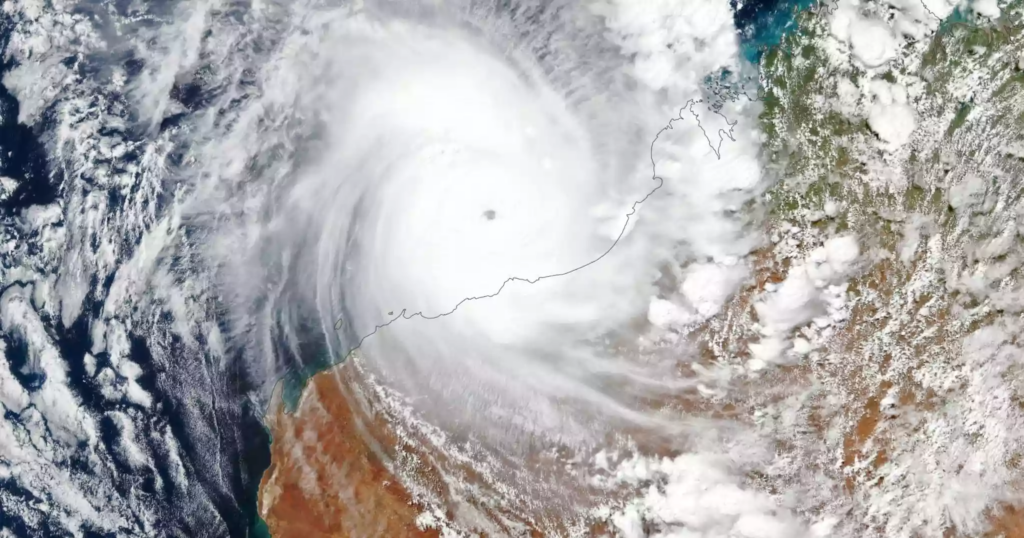
 Cyclones pose significant threats to coastal regions around the world, leading to loss of life, widespread destruction, and socio-economic disruption. By understanding the causes of cyclones and implementing effective safety measures, we can minimize their impact and protect vulnerable communities. Early warning systems, evacuation plans, resilient infrastructure, coastal protection measures, community preparedness, and improved forecasting play crucial roles in ensuring the safety and resilience of cyclone-prone areas.
Cyclones pose significant threats to coastal regions around the world, leading to loss of life, widespread destruction, and socio-economic disruption. By understanding the causes of cyclones and implementing effective safety measures, we can minimize their impact and protect vulnerable communities. Early warning systems, evacuation plans, resilient infrastructure, coastal protection measures, community preparedness, and improved forecasting play crucial roles in ensuring the safety and resilience of cyclone-prone areas.

 Striking Balance:
Striking Balance:
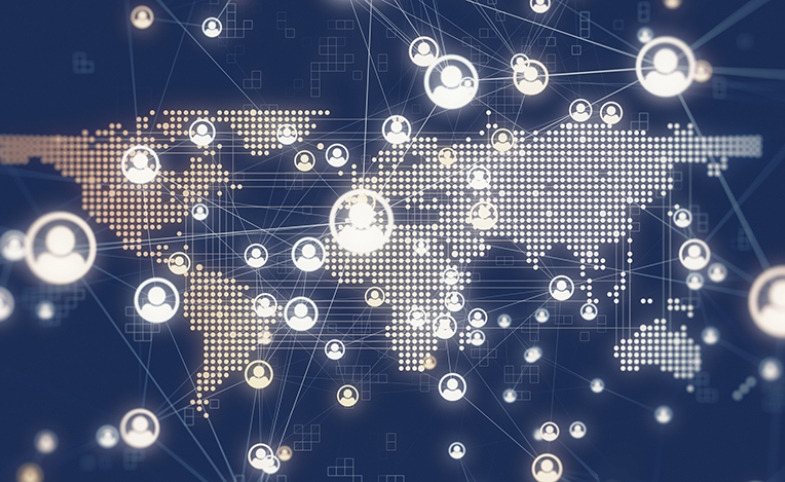 Thirdly, digital diplomacy is cost-effective. Traditional diplomacy is often expensive, involving extensive travel and the use of physical resources such as embassy buildings. Digital diplomacy, on the other hand, is relatively cheap, requiring only an internet connection and access to digital tools. Digital diplomacy has become an essential tool in the diplomatic toolbox. Governments around the world are now using digital diplomacy to promote their foreign policy objectives. For example, the United States government has a dedicated digital diplomacy team, the Office of Digital Strategy, which is responsible for promoting the US government’s foreign policy objectives through digital channels.
Thirdly, digital diplomacy is cost-effective. Traditional diplomacy is often expensive, involving extensive travel and the use of physical resources such as embassy buildings. Digital diplomacy, on the other hand, is relatively cheap, requiring only an internet connection and access to digital tools. Digital diplomacy has become an essential tool in the diplomatic toolbox. Governments around the world are now using digital diplomacy to promote their foreign policy objectives. For example, the United States government has a dedicated digital diplomacy team, the Office of Digital Strategy, which is responsible for promoting the US government’s foreign policy objectives through digital channels.
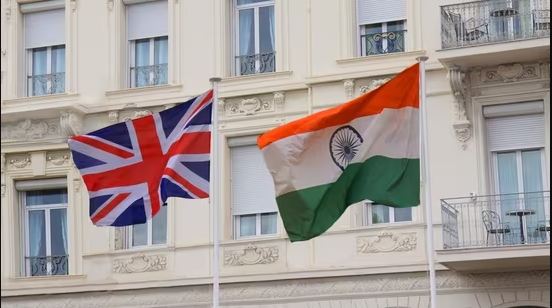

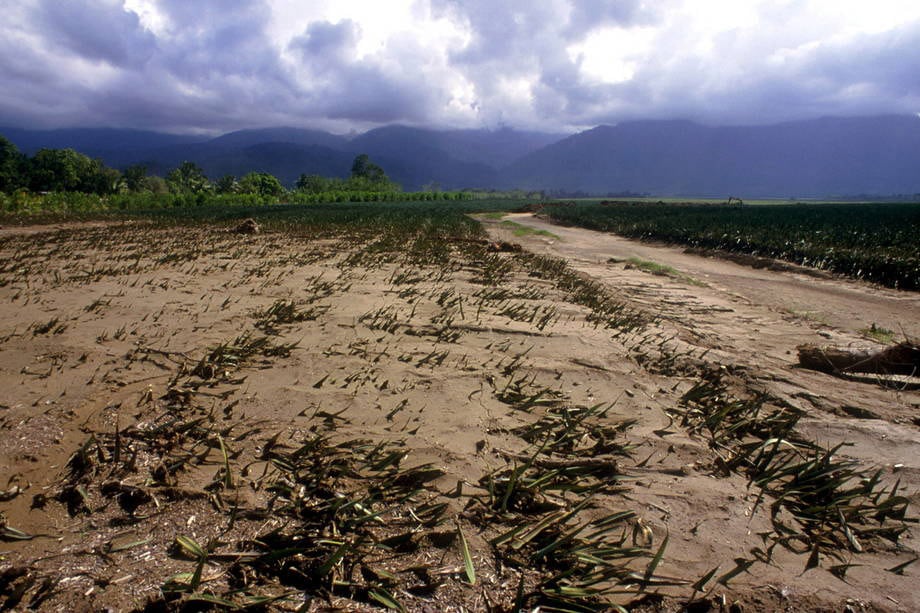 The importance of food security for national security cannot be overstated. A lack of access to food can lead to malnutrition, which can cause physical and cognitive impairment, especially in children. Malnutrition can lead to a weaker immune system, making individuals more vulnerable to disease, and can lead to increased healthcare costs. In addition, food insecurity can lead to social unrest, political instability, and economic decline. When people are hungry, they are more likely to engage in criminal activity or become politically radicalized.
The importance of food security for national security cannot be overstated. A lack of access to food can lead to malnutrition, which can cause physical and cognitive impairment, especially in children. Malnutrition can lead to a weaker immune system, making individuals more vulnerable to disease, and can lead to increased healthcare costs. In addition, food insecurity can lead to social unrest, political instability, and economic decline. When people are hungry, they are more likely to engage in criminal activity or become politically radicalized.
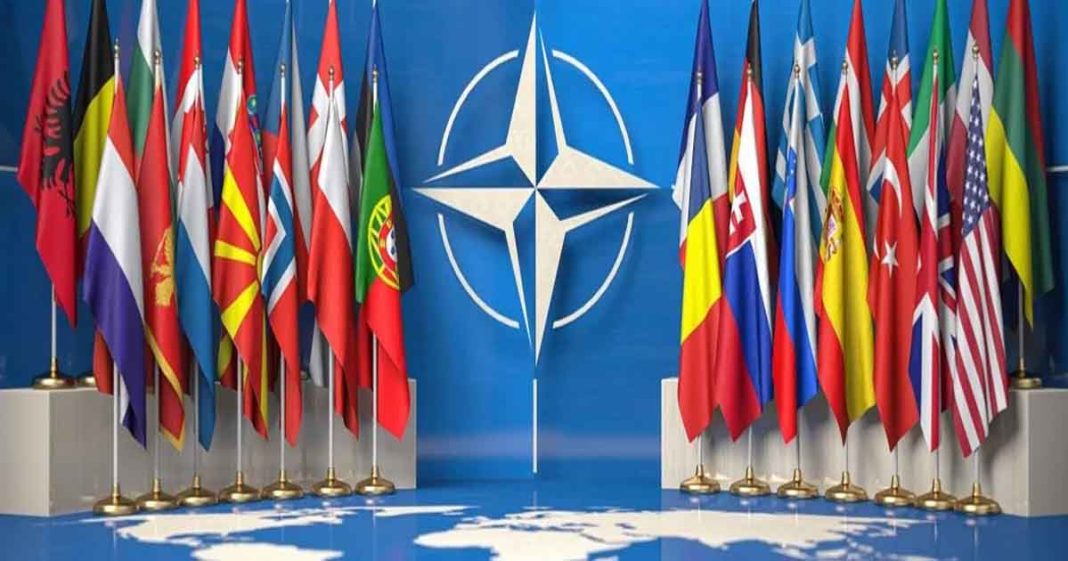 Finland’s application to join NATO has now been approved by Turkey, ending months of delays; nevertheless, Sweden’s desire to join the military alliance is still being denied. On Thursday, the Turkish Parliament passed the final barrier to membership by voting overwhelmingly in support of Finland’s admission. Recep Tayyip Erdogan’s “commitment” to include Finland in the defence alliance was fulfilled by the vote. Finland’s president, Sauli Niinisto, declared in a statement following the vote that his nation is “today prepared to join NATO.” “Finland’s membership in NATO has now been approved by all 30 members.” I want to thank every one of them for their trust and support,” he also said.”Finland will be a strong and capable ally, committed to the security of the Alliance”. “We look forward to welcoming Sweden to join us as soon as possible,” the Finnish president added.
Finland’s application to join NATO has now been approved by Turkey, ending months of delays; nevertheless, Sweden’s desire to join the military alliance is still being denied. On Thursday, the Turkish Parliament passed the final barrier to membership by voting overwhelmingly in support of Finland’s admission. Recep Tayyip Erdogan’s “commitment” to include Finland in the defence alliance was fulfilled by the vote. Finland’s president, Sauli Niinisto, declared in a statement following the vote that his nation is “today prepared to join NATO.” “Finland’s membership in NATO has now been approved by all 30 members.” I want to thank every one of them for their trust and support,” he also said.”Finland will be a strong and capable ally, committed to the security of the Alliance”. “We look forward to welcoming Sweden to join us as soon as possible,” the Finnish president added.
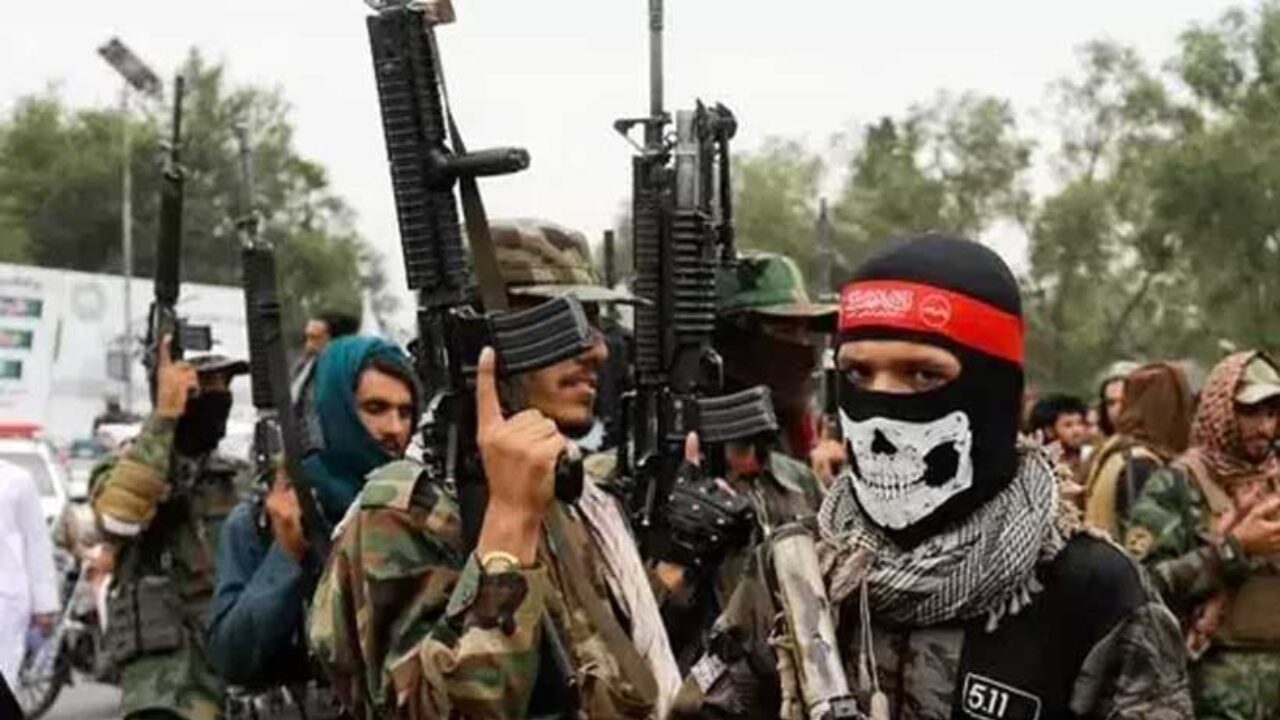 Regrettably, the Taliban and other extremist organizations now possess these weapons and are utilizing them to carry out attacks on targets in Pakistan and Afghanistan. As some of the American military hardware and weapons have been linked to Pakistan, where they have been utilized by armed organizations opposed to the Pakistani government, the issue has drawn the attention of Pakistani officials. For the past two years, there has been an increase in violence as a result of this influx of guns strengthening the military capacities of the Tehreek-i-Taliban Pakistan (TTP), a proscribed organization, and Baloch separatist organizations. Also, Pakistan’s security has come under serious threat due to the use of American weaponry in terrorist acts, which has also impacted Pakistan’s ties with the US. Officials in Pakistan have expressed alarm over the US’s failure to stop the supply of weapons from Afghanistan, which has a direct impact on the unrest there.
Regrettably, the Taliban and other extremist organizations now possess these weapons and are utilizing them to carry out attacks on targets in Pakistan and Afghanistan. As some of the American military hardware and weapons have been linked to Pakistan, where they have been utilized by armed organizations opposed to the Pakistani government, the issue has drawn the attention of Pakistani officials. For the past two years, there has been an increase in violence as a result of this influx of guns strengthening the military capacities of the Tehreek-i-Taliban Pakistan (TTP), a proscribed organization, and Baloch separatist organizations. Also, Pakistan’s security has come under serious threat due to the use of American weaponry in terrorist acts, which has also impacted Pakistan’s ties with the US. Officials in Pakistan have expressed alarm over the US’s failure to stop the supply of weapons from Afghanistan, which has a direct impact on the unrest there.

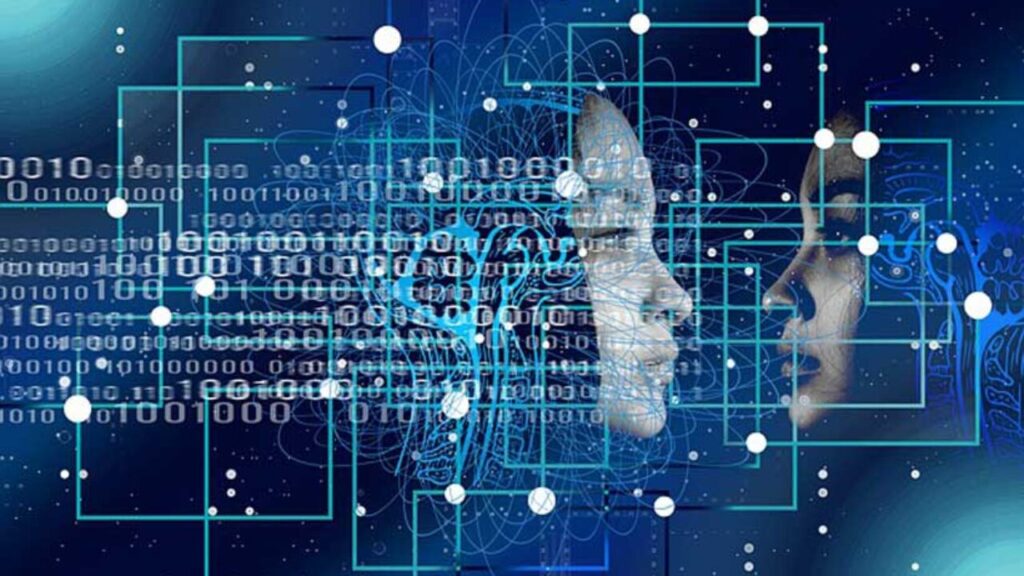
 Another area where AI can be useful in diplomacy is in the development of policy recommendations. Diplomats often have to make decisions based on incomplete or conflicting information, and AI can help to provide a more complete picture of the situation. By analyzing data and identifying patterns, AI can provide diplomats with recommendations on how to proceed that are based on data-driven insights rather than intuition or guesswork.
Another area where AI can be useful in diplomacy is in the development of policy recommendations. Diplomats often have to make decisions based on incomplete or conflicting information, and AI can help to provide a more complete picture of the situation. By analyzing data and identifying patterns, AI can provide diplomats with recommendations on how to proceed that are based on data-driven insights rather than intuition or guesswork.